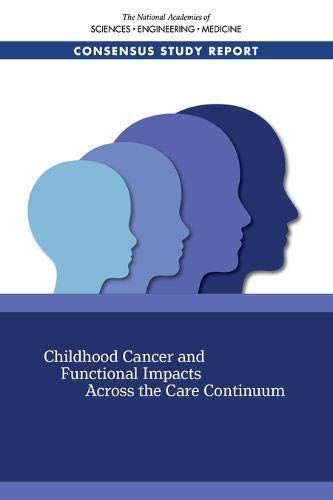
Childhood Cancer and Functional Impacts Across the Care Continuum
Since the late 1960s, the survival rate in children and adolescents diagnosed with cancer has steadily improved, with a corresponding decline in the cancer-specific death rate. Although the improvements in survival are encouraging, they have come at the cost of acute, chronic, and late adverse effects precipitated by the toxicities associated with the individual or combined use of different types of treatment (e.g., surgery, radiation, chemotherapy). In some cases, the impairments resulting from cancer and its treatment are severe enough to qualify a child for U.S. Social Security Administration disability benefits. At the request of Social Security Administration, Childhood Cancer and Functional Impacts Across the Care Continuum provides current information and findings and conclusions regarding the diagnosis, treatment, and prognosis of selected childhood cancers, including different types of malignant solid tumors, and the effect of those cancers on childrenâ (TM)s health and functional capacity, including the relative levels of functional limitation typically associated with the cancers and their treatment. This report also provides a summary of selected treatments currently being studied in clinical trials and identifies any limitations on the availability of these treatments, such as whether treatments are available only in certain geographic areas.